Amazon’s Zoox: The Driverless Electric Pods Redefining Urban Transportation
Amazon’s Zoox Unveils Fully Autonomous Electric Pods to Revolutionize City Transit
In a bold move that signals a new era in urban mobility, Amazon’s Zoox has introduced fully autonomous electric vehicles designed from the ground up—not as modified cars, but as entirely new machines built for autonomy. These futuristic pods, which lack both a steering wheel and a driver’s seat, represent a fundamental shift in how we think about getting from point A to point B within a city.

Unlike traditional vehicles retrofitted for autonomy, Zoox vehicles are symmetrical, allowing them to drive equally well in either direction. Their top speed is intentionally limited to 45 miles per hour—an ideal threshold for the stop-and-go nature of dense urban environments. By focusing on short-distance, city-centered travel, Zoox is positioning itself not only as a transportation solution but as a reimagining of how cities move.
🚘 Built from Scratch: A True Autonomous Design
What makes Zoox especially notable is the fact that it wasn’t adapted from existing vehicle platforms. Instead, it’s been engineered entirely for autonomous operation, free from the constraints of legacy design. This vehicle is more than just a car without a driver—it’s a space built to serve passengers directly, with no need for manual controls.
The vehicle’s symmetrical layout means there is no front or back in the traditional sense. It can switch directions seamlessly, making urban navigation smoother and more efficient. Each pod is outfitted with advanced sensors, real-time mapping technologies, and safety features built directly into its structure. This isn’t a robot taxi built by removing the steering wheel—it’s a vehicle with autonomy at its core.
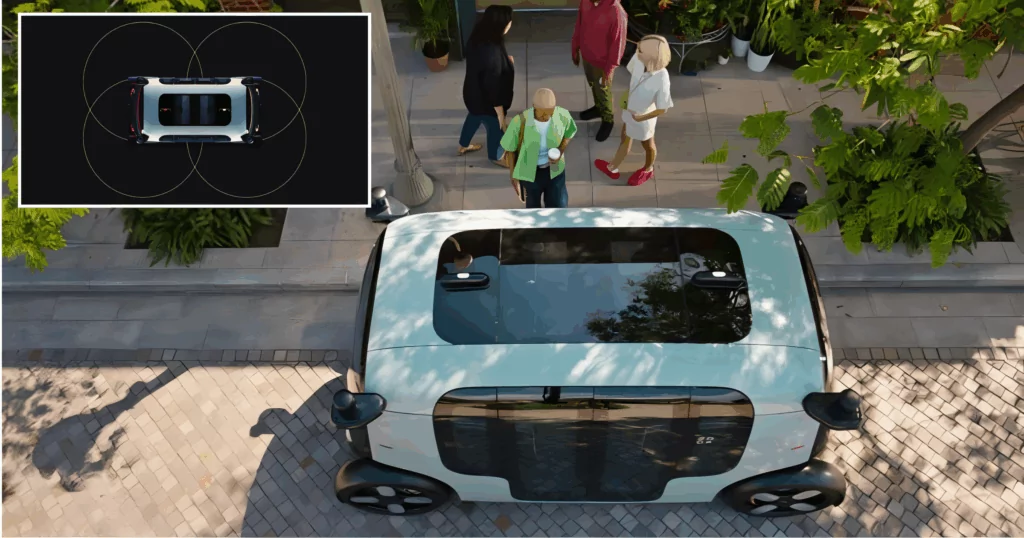
The passenger experience is also a central focus. With face-to-face seating for up to four individuals, ambient lighting, and user-controlled climate zones, the Zoox pods prioritize comfort, quietness, and simplicity. The interior resembles a lounge more than a traditional vehicle, reflecting a shift toward mobility as a service rather than ownership.
🌆 First Stop: Las Vegas
Zoox’s first deployment is underway in Las Vegas, where the company will launch a fleet of its autonomous pods along a controlled five-mile urban corridor. The choice of Las Vegas is strategic: the city offers a blend of tourism, traffic density, and urban infrastructure that makes it an ideal proving ground for next-generation mobility.
During the initial rollout phase, Zoox will focus on gathering operational data, optimizing routes, and ensuring seamless rider experiences. Though the pods are designed to be completely driverless, they will be closely monitored through remote systems and ground-based staff to ensure safety and operational reliability.
The Las Vegas pilot is only the beginning. Zoox already has its sights set on expanding into other major U.S. cities, with San Francisco, Austin, and Miami identified as upcoming hubs. Each of these urban centers presents unique challenges and opportunities—from hilly terrain to complex traffic ecosystems—that Zoox will use to refine its platform.
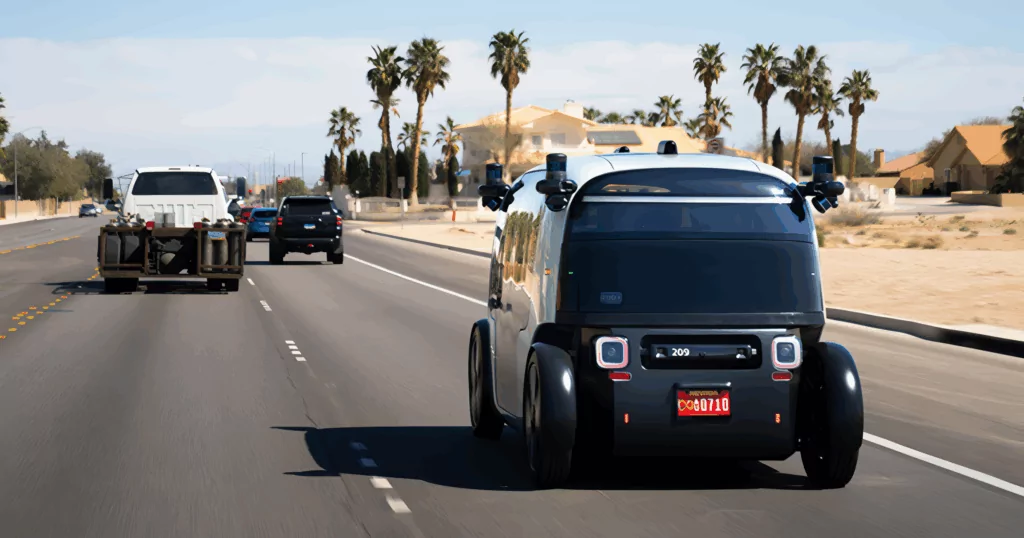
🧠 Ownership from End to End: Amazon’s Strategic Advantage
Perhaps the most defining element of Zoox’s approach is Amazon’s full-stack ownership. Unlike other companies in the autonomous vehicle space that rely on partnerships—often outsourcing hardware, software, or fleet operations—Zoox controls every aspect of its technology. This vertical integration provides not only greater control over performance and safety, but also allows for a unified vision across software development, vehicle design, and user experience.
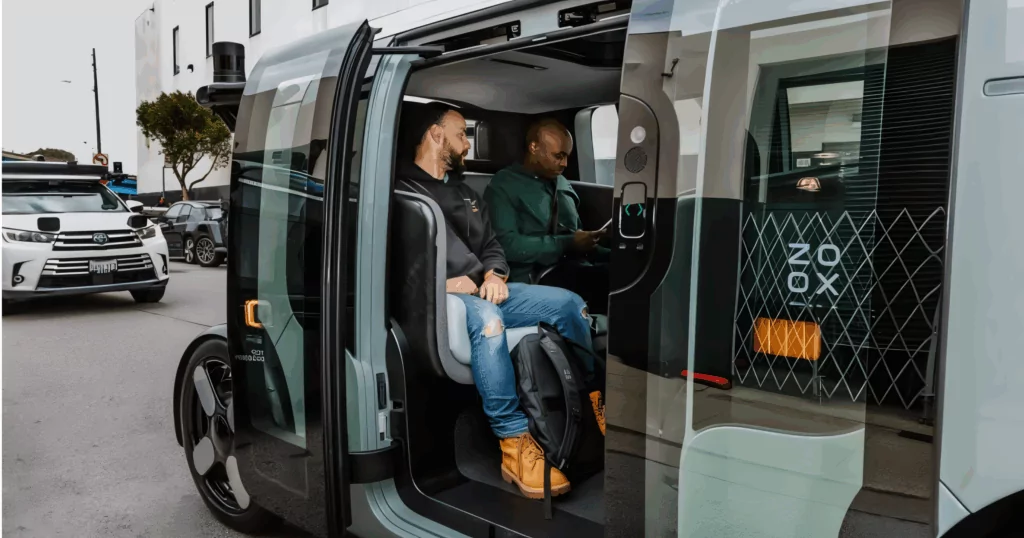
This level of integration sets Zoox apart from competitors like Tesla and Waymo. Tesla, for instance, retrofits consumer vehicles with autonomous capabilities, while Waymo adapts existing models like the Chrysler Pacifica. Zoox, by contrast, is pioneering a vehicle that has never known a human driver.
Amazon’s involvement also adds a layer of strategic synergy. With its vast logistics network and cloud computing infrastructure (through AWS), Amazon can potentially connect Zoox with other smart systems, from delivery logistics to data-driven traffic management. The long-term vision may extend beyond ride-hailing, hinting at a future where autonomous pods support everything from package delivery to on-demand retail experiences.
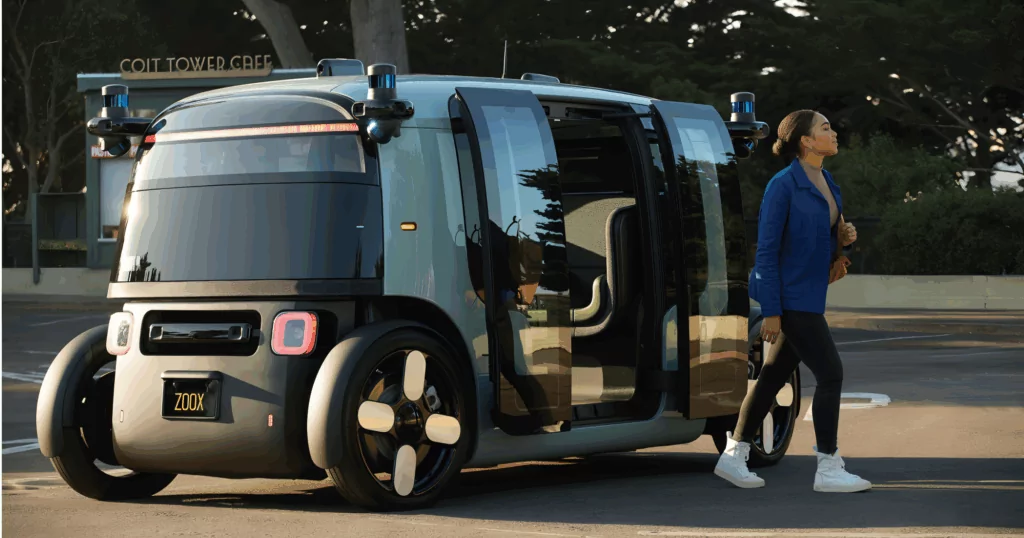
🌍 The Broader Impact on Urban Mobility
Zoox’s rollout comes at a time when cities are increasingly rethinking how they handle transportation, congestion, and emissions. With climate concerns growing and younger populations showing less interest in personal car ownership, the future points toward shared, sustainable, and autonomous transit options.
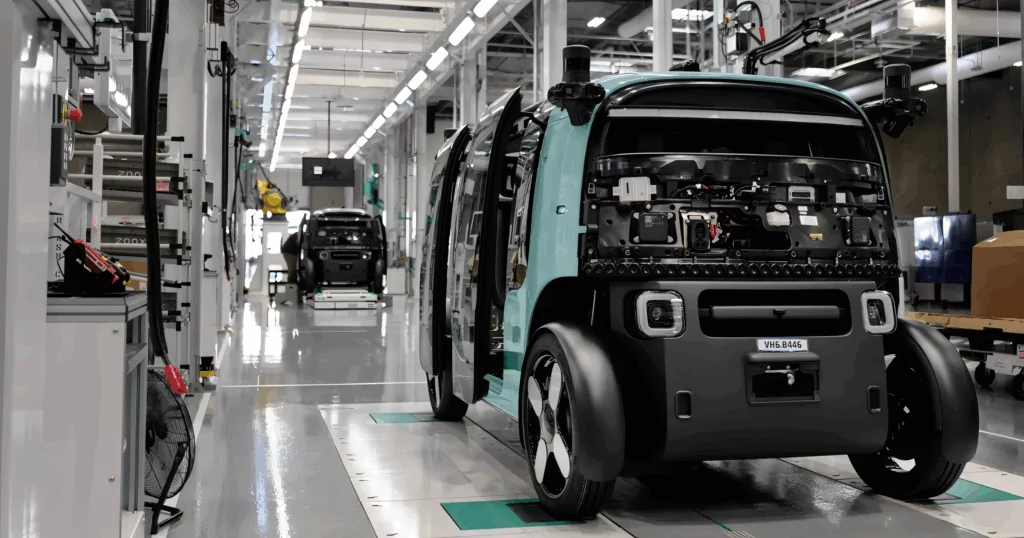
Electric and driverless by design, Zoox pods promise to lower emissions, reduce traffic-related fatalities, and free up urban space currently dedicated to parking. As cities modernize their infrastructure to accommodate autonomous vehicles, companies like Zoox could help accelerate a shift toward smarter, more connected urban living.
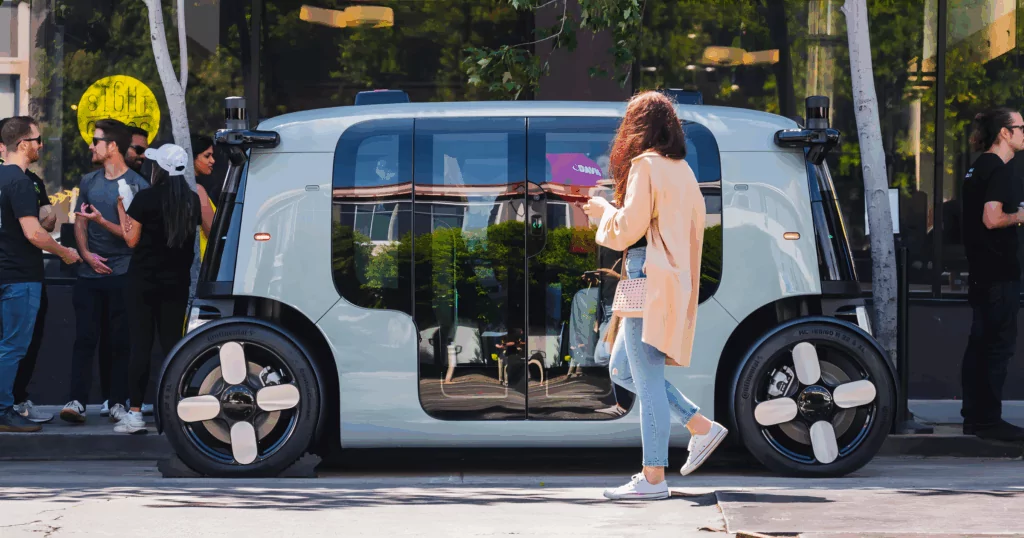
The challenge, of course, remains public trust. Autonomous technology must still overcome regulatory scrutiny and cultural skepticism. However, the steady progress of companies like Zoox—and the robust support of major players like Amazon—suggests that driverless urban transit may soon become more mainstream than speculative.
Source: Amazon | Zoox Official Updates | Transportation Tech Reports